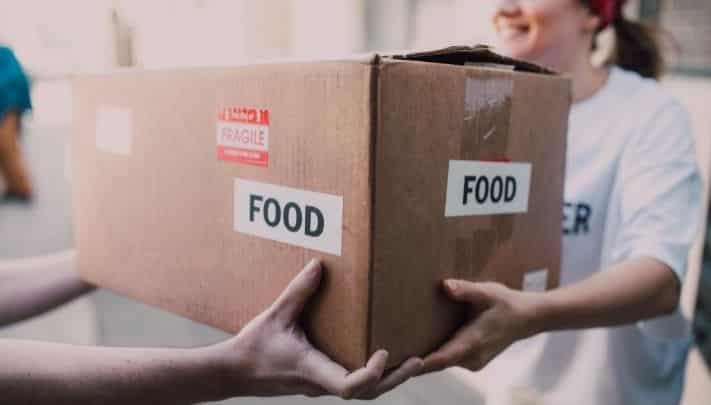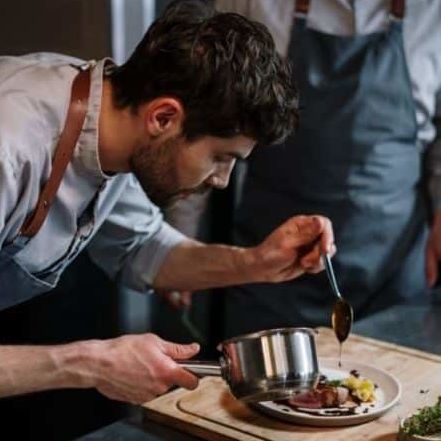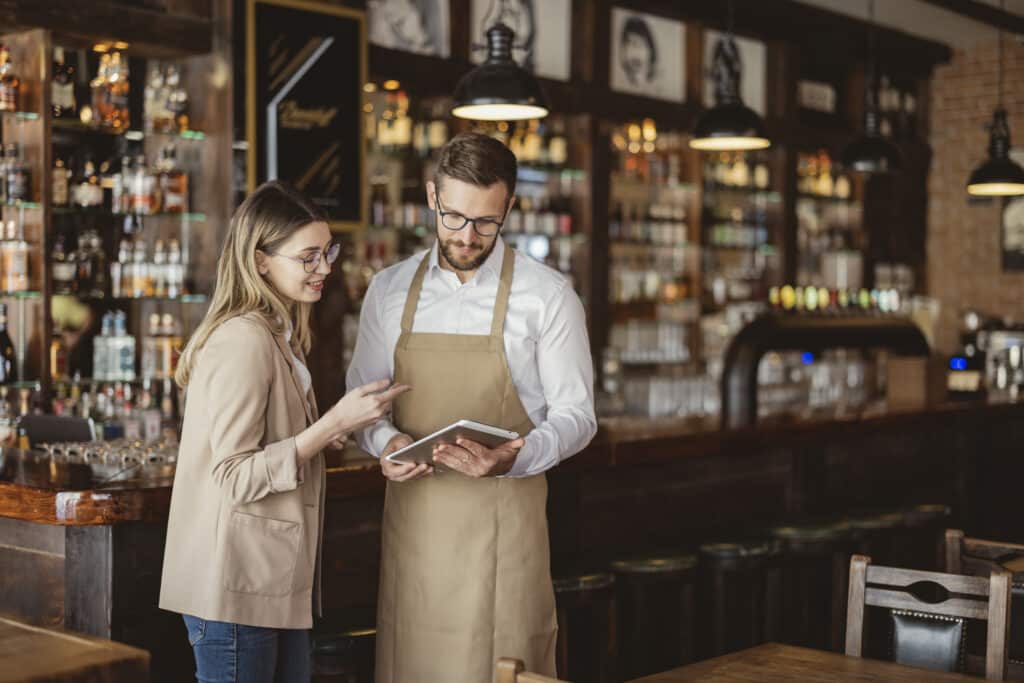If you can get through to your next ordering day with no leftover product, no spoilage, and not having to 86 any menu items, then you are winning at ordering. However, this is hardly the case for most of us.
Why is proper purchasing of food supply important? It is important to put a proper food purchasing procedures into place because the way that you order, receive, and store product ultimately helps you to control your food cost.
Here are some best practices to help with easing the flow of food purchasing and receiving.
Keys to Ordering Product for Restaurant Managers
- Accurately forecast your sales. Forecasting in one of the biggest factors affecting food purchasing accuracy. It is extremely important to look at last year’s sales each day to know what to expect this year. You must also consider other factors, such as the current economy, local events, weather conditions, and local competition to name a few.
- Evaluate your needs. Look at your last order, do an inventory to see what you have on hand, then consider your sales forecast to determine where you need to be in the next few days or weeks (whenever your next order is; see below).
- Know the vendors unit sizes. How a product is sold can differ from vendor to vendor. Before placing an order, you should check to see the unit size – this might be “each”, case, bottle, container, pound, ounce, etc. It may be necessary to check your vendor’s terms to see if there is an extra charge to split a case, and to determine if this is worth it overall.
- Consider the timing of your order. The number of orders you place per week will vary based on your volume of sales and how much storage space you have. You should figure out what works best for you – do you need to bulk order dry goods, have seafood or other produce to coming every few days? Factors like these should be used to determine a regular schedule, based on your individual needs. The key to lowering your food costs is to keep your inventory as low as possible without running out of product.
- Have a backup vendor. No vendor will have every item on your purchasing menu, every time that you need it. It is wise to have a few backup vendors already lined up in case your delivery is short, and that vendor can’t get more in quickly enough to accommodate your needs. Be sure to check your contracts with your primary vendors first.
Keys to Receiving Product in a Restaurant
- Engage help. You will not always be there for every order. Train 2-3 trusted employees to properly receive and store incoming product to ensure that it is done correctly, even in your absence.
- Schedule deliveries wisely. Make sure to have your deliveries arrive when first authorized person is there to sign for it. Typically, between 8:00 – 11:00 AM works best (though you should consider having a specific delivery time window added to your contract during the next renewal). Nothing is worse than having a truck at the back dock when the restaurant is slammed. Venders sometimes offer “dark drops” outside your door for a discount. This is not recommended, because if nobody is there to check the order for accuracy and quality then you may not be saving money after all.
- Print the order. The person receiving the order should have a printed copy of the order with them when checking it in. Going off the invoice reflects what the order contains, not necessarily what you ordered. If your order is shorted, you will want to know immediately so that you can contact a backup vendor.
- Open each case. It is important to check the count and quality of every item. Not every operator does this, so be sure to alert the vendor that you are planning to do this in advance so that their drivers have ample time for you to review your order.
- Return unacceptable items. It’s ok to send poor quality items back with the driver. This is easier than accepting the item and trying to replace it after you have signed for it. Be sure to mark these changes on the invoice, and have the driver initial it to head off any possible discrepancies.
- Spot check weights. Pre-portioned items are convenient and cut out extra steps that you would had to have done inhouse, but don’t let that put you too much at ease. Even the most trust-worthy vendors can over or under portion, which can throw off your consistency and/or food costs. A quick spot check now and then will make sure that you are getting what you ordered.
- Lock the back door. Make sure to always lock the door, especially after a new delivery when items are still boxed and near the exit.
Keys to Storing Product in a Restaurant
- Get organized. The time spent organizing upfront will pay off with the time that you save down the road. Be sure that products have a permanent home to make them easy to find. Similar items should be placed together for easy unloading.
- Put everything away immediately. The same key employees who check in the order should be responsible for storing it correctly as soon as it arrives. As tempting as it may be to “deal with it later”, putting it off will only lead to spoilage, forgotten or misplaced product/boxes, or theft. Your employees learn from you how important a delivery is. If you don’t value what is in those boxes, neither will they.
- First in, first out. Be sure to have your staff place the new items behind the items already on your shelf to prevent spoilage.
- Limit access. Place expensive items in a secure area that only managers have access to.
Conclusion
The purchasing cycle in food and beverage that your team practices is critical to your ability to control food costs. Ensuring that you are following a well-organized food purchasing system will keep help reduce waste, spoilage, and theft.
If you would like to increase efficiency and boost profits, consider automating your restaurant food purchasing process. Restaurant365 incorporates restaurant accounting software and restaurant operations software into an all-in-one, cloud-based platform. It includes tools for financial reporting, operational reporting, inventory control, scheduling, and more.



